Turbot (Psetta maxima) is a flatfish, whose eyes are found on the left side. Turbot has a very specific shape - flat and asymmetrical, in the shape of a rhombus.
It's usually found along Europe's Atlantic coast and relatively less commonly in the Mediterranean Sea. Turbot inhabits murky and sandy sea bottoms, blending in with the color of the seabed. Turbot is a carnivorous fish.
There are about 30 known species of turbot. They vary in size, while the high quality meat of turbot makes it a preferred delicacy.
Turbot Fish Farming
Fish farming of turbot began in the 70s of the last century in England, then developed in Spain and France. Even though several countries from the EU use turbot in aquaculture, it is in fact Spain, and more precisely the region of Galicia, that is the main EU producer.
As with the majority of sea bass and bream, young turbot specimens also emerge from hatcheries. Fish farming in captivity is done under strict regulations.
Years ago, fish farming of turbot was common only on European territory but it eventually spread to China as well.
Choosing and Storing Turbot
When buying turbot or any other type of fish, you need to keep in mind a few a main rules. Firstly, a fresh fish always has clear eyes. A fish with clouded eyes means it's older and not recommended for purchase.
The gills need to be whole and colored bright red, the meat needs to be stretchy, and the smell must not be overwhelming. Store turbot in the fridge for several days or longer in the freezer.
Cooking Turbot
Based on body structure and shape, fish can be divided into 2 main categories - round and flat. The shape of the fish also determines the way it should be cooked. Turbot is an obvious representative of flatfish. It has a large central flat bone, with a row of bones on each side. This arrangement makes fillet preparation easier.
The stomach cavity of turbot is not found on the bottom, like in other flatfish, but on one side. An important fact to know, as poking around with a knife on the underside of the fish can ruin the fillets. Removing the innards is done through the bottom side but through an incision under the head.
It's recommended to boil turbot on low heat and to also remove its skin and tail while it's still warm because afterwards this task becomes much more difficult.
Turbot is a fish low in fat - up to 5%. This is important to know since the content of fat in a fish determines its cooking method. Other fish low in fat are hake, flathead grey mullet and trout.
As mentioned, turbot is low-fat, meaning that excessively high cooking temperature can easily dry it out.
Experienced chefs recommended breading turbot before frying it and if you'd like to grill it, it's best to marinate it ahead of time. According to some, the best way to prepare turbot and other drier fish is to saute and bake them in a sauce.
Check out this wonderful turbot recipe with spices on the grill. The required ingredients are 4-5 turbot fillets, 1/2 lemon, 1 tsp of paprika and black pepper, thyme, 1 tbsp lemon juice, about 4/5 cup butter.
Preparation: Melt the butter on moderate heat, add the lemon juice, thyme, the 2 types of pepper and transfer this butter mixture to a separate container. Dip the fillets in the mixture and cook them on a well heated grill. Serve with lemon slices.
Benefits of Turbot
Turbot is an exceptionally delicious but also healthy fish. As is well known, fish is an exceptionally healthy food, containing a number of healthy substances. Turbot is rich in minerals such as calcium, potassium, sodium, selenium, magnesium and phosphorous.
Among the vitamins, the largest quantities are vitamin A, B12 and B5. The omega-3 fatty acids found in the fish have a beneficial effect on the processes in the human body. Omega-3s are especially important for the functioning of the cardiovascular system.
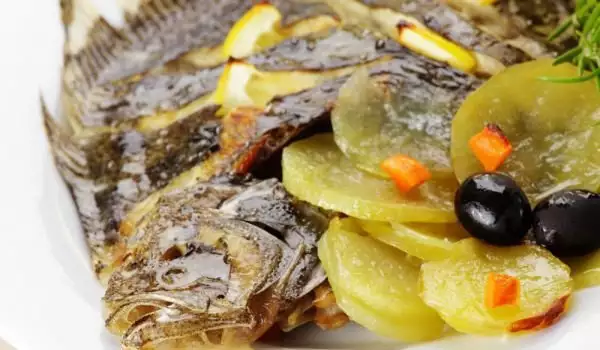
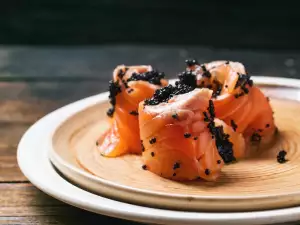
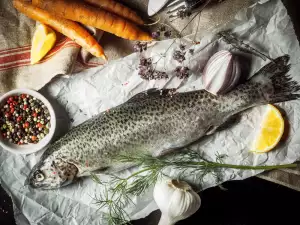
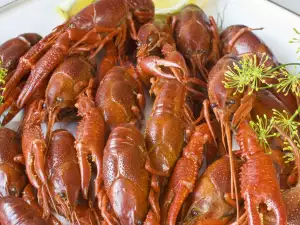
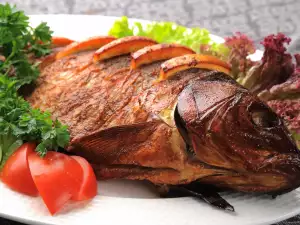
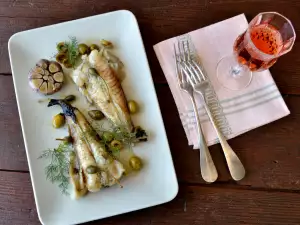
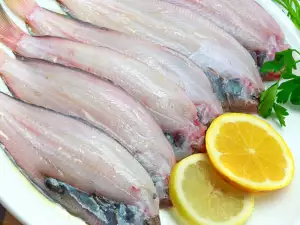


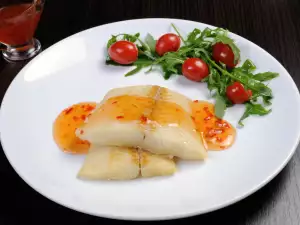
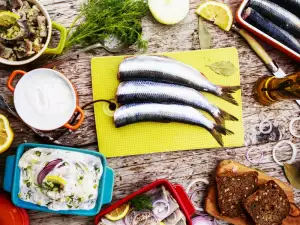
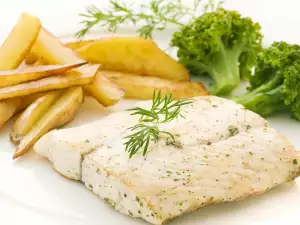
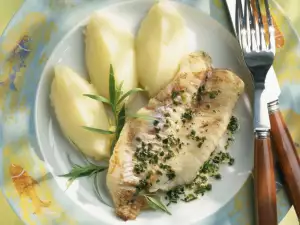
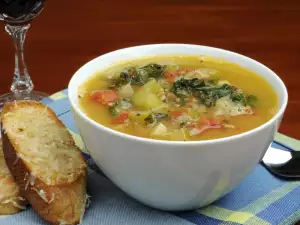
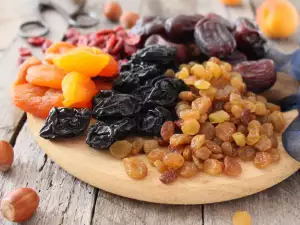





Comments